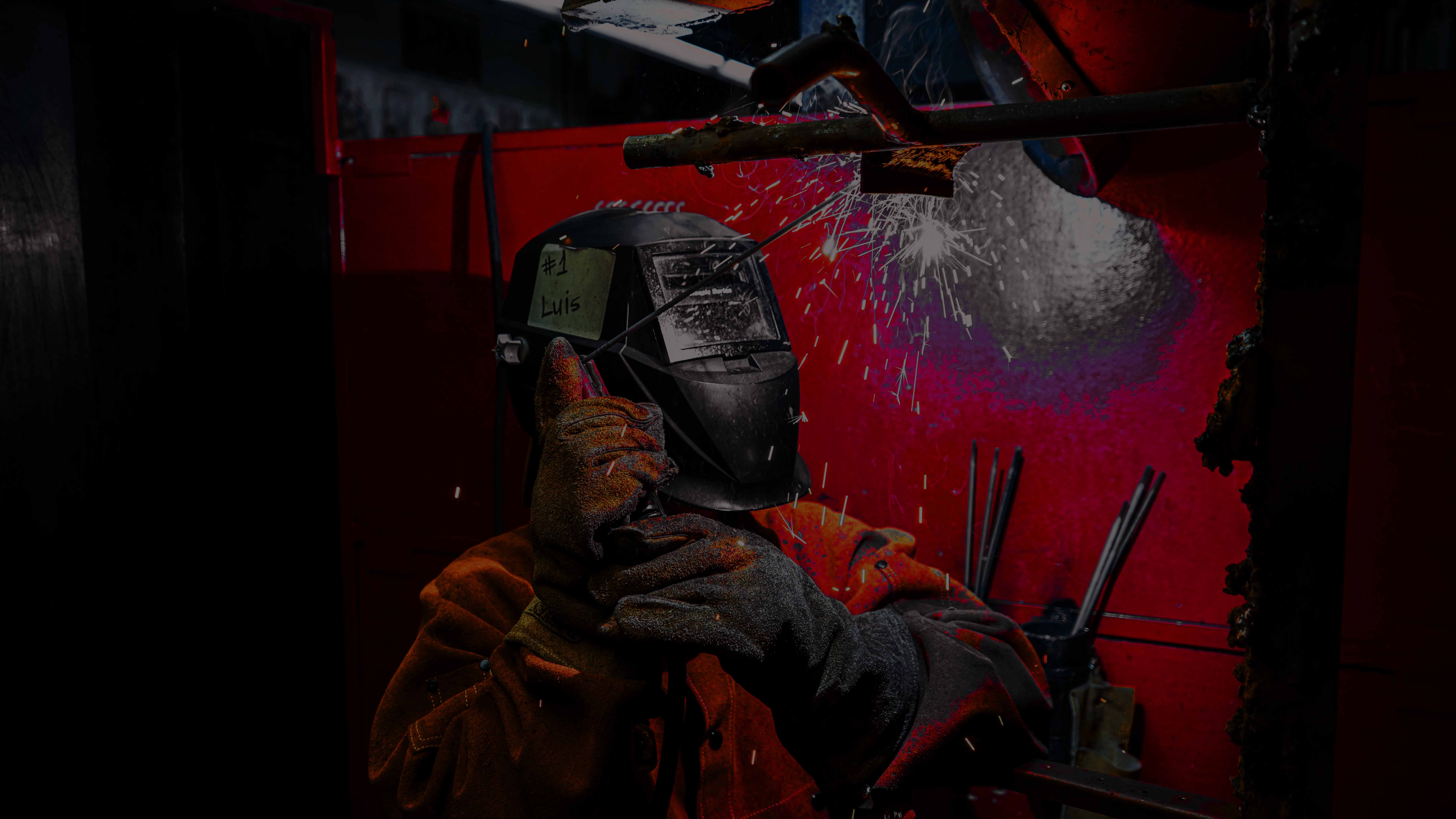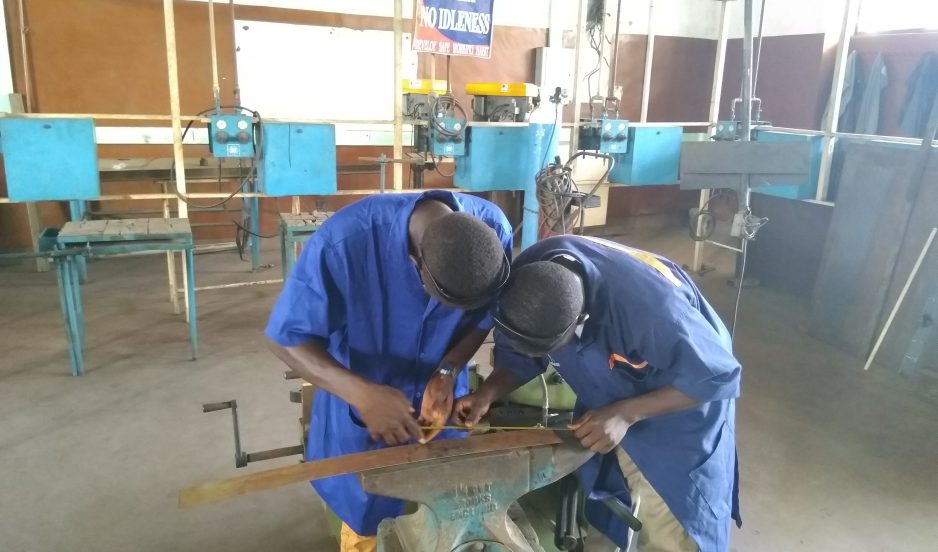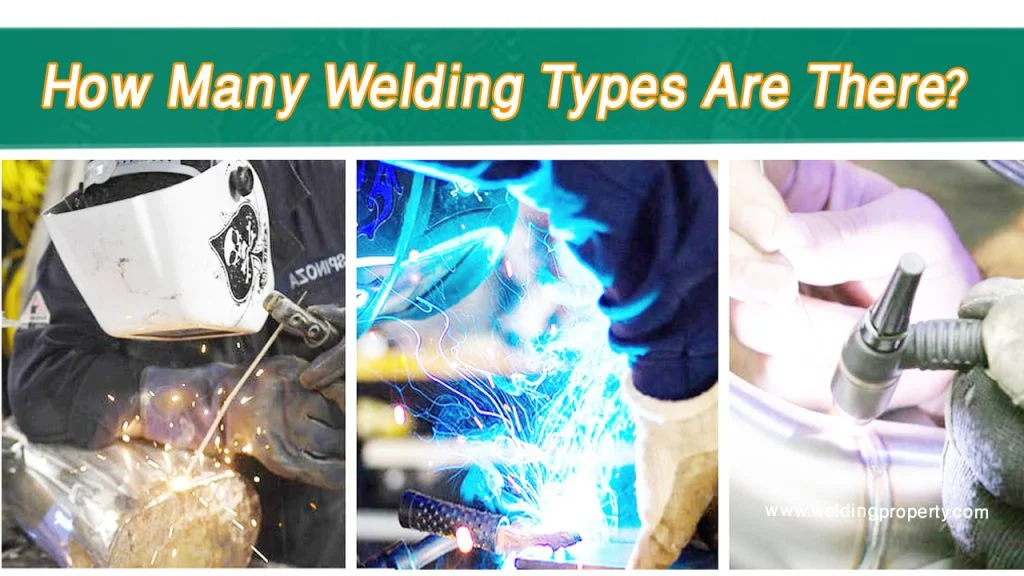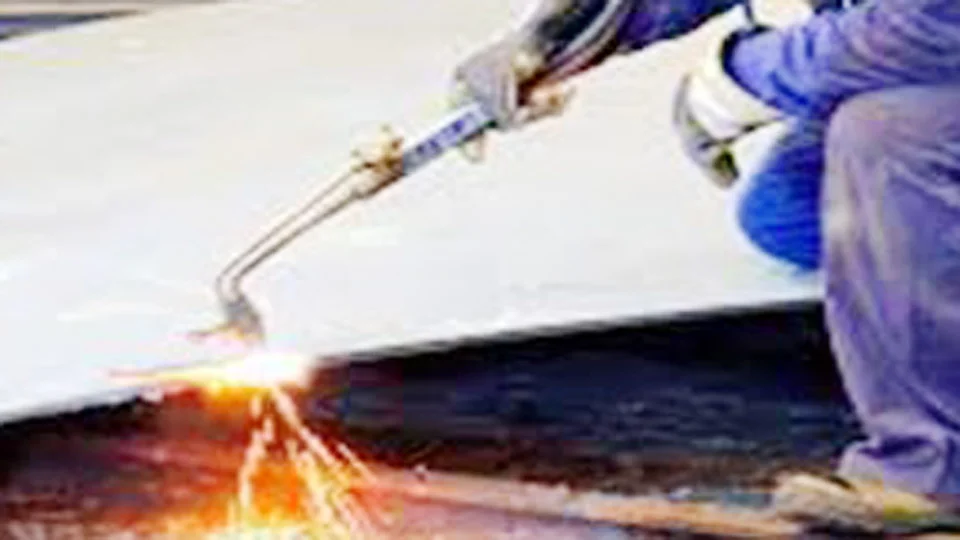A welding and fabrication course typically takes anywhere from a few months to two years. The duration depends on the program and level of certification.
Welding and fabrication are essential skills in many industries. They involve joining metal parts and creating structures. If you’re thinking about a career in this field, you might wonder how long training takes. Some courses are short-term, lasting a few months.
Others are more comprehensive and can take up to two years. Understanding the length of these courses can help you plan your education and career path. Whether you want a quick entry into the workforce or a deeper, more detailed education, there’s a course that fits your needs. Let’s explore the different options and what they offer.
Course Duration
Are you considering enrolling in a welding and fabrication course? Understanding the course duration is key. Knowing how long it takes helps you plan and manage your time better. Let’s dive into the specifics.
Typical Timeframes
Welding and fabrication courses can vary in length. Most programs last between 6 months to 2 years. Short-term courses usually focus on basic skills. These courses might last from 6 weeks to 6 months. Long-term programs offer advanced training and certifications. These can span 1 to 2 years.
Factors Affecting Length
Several factors can affect the length of your welding and fabrication course. The type of certification you seek plays a big role. Basic certifications require less time. Advanced certifications take longer. Your prior experience also matters. Beginners may need more time to grasp the basics. Experienced welders might finish faster.
The course format can also impact duration. Full-time programs are shorter. Part-time courses spread out over more months. Online courses offer flexibility but may extend the time needed. The institution you choose can also affect the duration. Some schools offer accelerated programs. Others follow a more traditional schedule.
Types Of Courses
Choosing the right welding and fabrication course depends on your career goals. There are different types of courses available. Each varies in length and depth of training. Knowing these options helps you decide the best path for you.
Certificate Programs
Certificate programs are short-term courses. They usually last from a few weeks to a few months. These programs focus on basic welding and fabrication skills. They are ideal for beginners or those needing quick training. Certificates can help you get entry-level jobs in a short time.
Diploma Programs
Diploma programs are more detailed. They last anywhere from six months to two years. These programs cover a wider range of skills. This includes advanced welding techniques and fabrication methods. A diploma is suitable for those wanting deeper knowledge. It opens doors to more job opportunities and higher pay.
Degree Programs
Degree programs offer the most in-depth training. They typically take two to four years to complete. These programs include both theory and practical skills. You study advanced welding, fabrication, and related subjects. A degree can lead to higher-level positions. It’s a good choice for those aiming for a long-term career in welding and fabrication.
Full-time Vs Part-time
Choosing between a full-time and part-time welding and fabrication course can be a tough decision. Each option has its pros and cons, and what works best for one person might not be the best for another. Let’s dive into the specifics of these options to help you make an informed choice.
Intensive Programs
Full-time welding and fabrication courses are often referred to as intensive programs. These programs are designed to immerse you in the subject matter over a shorter period. Think of it as a fast track to becoming a skilled welder.
Here are some key points about intensive programs:
- Duration: Typically, these courses last between 6 to 12 months.
- Commitment: Expect to spend around 30-40 hours per week in classes and hands-on practice.
- Outcome: You’ll likely finish quicker and be ready to enter the workforce sooner.
It’s like a boot camp for welding! If you’re someone who thrives in high-energy environments and can dedicate a chunk of your time to learning, a full-time program might be the best fit.
Flexible Scheduling
On the other hand, part-time welding and fabrication courses offer flexible scheduling. This is ideal for those who have other commitments, such as a job or family responsibilities.
Consider the following benefits of part-time courses:
- Duration: These courses can extend over 1 to 2 years, giving you more time to absorb the material.
- Commitment: Usually, part-time students spend around 10-20 hours per week on coursework and practice.
- Balance: You can continue working or taking care of other responsibilities while studying.
Imagine juggling a job and classes – it can be like trying to balance on a high wire! But, with careful planning and determination, it’s entirely doable.
In conclusion, whether you choose a full-time or part-time welding and fabrication course depends on your personal circumstances and learning style. Both paths lead to the same destination: becoming a skilled welder. So, weigh your options, consider your commitments, and choose the path that aligns best with your goals and lifestyle.

Credit: cetweb.edu
Online Vs In-person
Deciding between an online or in-person welding and fabrication course can be a tough choice. Both options have their own set of advantages, tailored to different learning styles and schedules. Let’s delve into the specifics of each to help you make an informed decision.
Virtual Learning Options
Online courses offer a flexible way to learn welding and fabrication. You can study from the comfort of your home, at your own pace. This is perfect for those who have busy schedules or live far from training centers.
Some benefits of virtual learning include:
- Convenience: Access course materials anytime, anywhere.
- Self-Paced: Learn at your own speed, without the pressure of keeping up with a class.
- Cost-Effective: Save money on travel and accommodation.
However, virtual learning can have its drawbacks. Welding is a hands-on skill, and practicing online is not quite the same as working with real materials. You might miss out on immediate feedback from instructors.
Hands-on Training
In-person courses offer a more immersive experience. You get to work with actual welding equipment and materials. This hands-on training is invaluable and often leads to better skill retention.
Consider these advantages of in-person training:
- Practical Experience: Directly apply what you learn in a real-world setting.
- Immediate Feedback: Instructors can correct mistakes on the spot, helping you improve quickly.
- Networking Opportunities: Meet peers and professionals in the field, which can be beneficial for future job prospects.
On the flip side, in-person courses can be more expensive and time-consuming. They require you to be physically present, which might be a challenge for those with tight schedules or long commutes.
Ultimately, the choice between online and in-person training depends on your personal circumstances and learning preferences. If you value flexibility and convenience, online courses might be the way to go. If you prefer hands-on learning and real-time feedback, in-person training could be more beneficial.
Whichever path you choose, the important thing is to stay committed and practice regularly. Welding and fabrication are skills that improve with time and experience, so keep at it!
Curriculum Overview
So, you’re interested in welding and fabrication? Great choice! This field combines creativity with technical skills and offers fantastic career opportunities. But how long does it actually take to complete a welding and fabrication course? Let’s break it down by looking at the curriculum. Understanding what you’ll be learning can give you a clearer picture of the time commitment required.
Core Subjects
The core subjects in a welding and fabrication course are like the bread and butter of your training. These are the essential skills you’ll need to master to become proficient.
- Welding Techniques: Here, you’ll learn different welding methods like MIG, TIG, and Stick welding. These are the fundamental techniques used in most projects.
- Safety Protocols: Safety first! You’ll study the critical safety measures to protect yourself and others while welding.
- Blueprint Reading: Understanding blueprints is crucial. This subject teaches you how to read and interpret technical drawings.
- Metal Properties: Knowing the properties of different metals helps in selecting the right material for your projects.
Specialized Modules
Beyond the core subjects, there are specialized modules that allow you to focus on specific areas of interest. These modules can vary, depending on the school or training center, but typically include:
- Advanced Welding: Once you’ve got the basics down, you can dive into more complex welding techniques and projects.
- Fabrication Skills: This module goes deeper into metal fabrication, teaching you how to create structures from scratch.
- Automated Welding Systems: Learn about the latest technology, including the use of robotic welding systems.
- Project Management: For those looking to move into supervisory roles, this module covers planning, execution, and management of welding projects.
These specialized modules can add a bit more time to your course, but they’re worth it. They make you more versatile and attractive to potential employers.
In general, a comprehensive welding and fabrication course can take anywhere from a few months to two years. The duration depends on whether you’re pursuing a certificate, diploma, or degree. But remember, the more you learn, the more skilled you’ll become. And in this field, skills are your golden ticket!
So, are you ready to spark your future with a welding and fabrication course? Dive in and let those sparks fly!

Credit: lighthouseacademy.org
Practical Experience
When it comes to welding and fabrication, practical experience is key. This isn’t something you can master by just reading books or watching videos. You need to get your hands dirty, literally. From the sparks flying to the metal melting, every step in the workshop and during internships gives you a chance to hone your skills. But how exactly do you get this hands-on experience?
Workshop Training
Workshop training is where the magic begins. Imagine stepping into a room filled with the hum of machinery and the smell of hot metal. Here, you learn the basics of welding and fabrication. You’ll practice different welding techniques, like MIG, TIG, and Stick welding. Here’s what you can expect:
- Safety First: Learn the importance of safety gear and procedures.
- Tool Handling: Get familiar with various welding tools and equipment.
- Basic Techniques: Practice welding on different materials and joints.
It’s hands-on, and every session brings you closer to becoming a skilled welder.
Internships And Apprenticeships
Now, let’s talk about internships and apprenticeships. These are golden opportunities to learn from experienced welders. Picture yourself working on real projects, solving real problems. Here, the learning curve is steep, but the rewards are worth it. Here’s what you’ll gain:
- Real-World Experience: Apply what you’ve learned in the workshop to real scenarios.
- Networking: Connect with professionals in the industry.
- Mentorship: Receive guidance and tips from seasoned welders.
Internships and apprenticeships bridge the gap between theory and practice. They prepare you for the challenges of the real world, making you job-ready.
So, how long does it take to complete a welding and fabrication course? It depends on the program and how much time you dedicate to it. But one thing is clear: the practical experience you gain along the way is invaluable. It shapes you into a competent and confident welder, ready to tackle any project that comes your way. So, roll up your sleeves and get ready for an exciting journey!
Certification And Licensing
Understanding the certification and licensing process is crucial for aspiring welders and fabricators. Proper certification demonstrates your skills and knowledge. Licensing ensures you meet industry standards. Let’s explore the details.
Certification Exams
Certification exams test your welding and fabrication skills. Many organizations offer these exams. The American Welding Society (AWS) is a popular choice. Their exams cover various welding techniques. You must pass a practical test and a written test. The practical test shows your ability to weld. The written test checks your knowledge of safety and techniques.
Licensing Requirements
Licensing requirements vary by location. Some areas require a specific license to work. This ensures you meet local standards. You may need to complete a set number of hours in training. Some places also require passing a licensing exam. This exam may include both practical and written parts. Check with local authorities for exact requirements. Meeting these standards ensures you are ready for professional work.

Credit: www.acs.edu.au
Career Pathways
Embarking on a welding and fabrication course can open various career pathways. These pathways offer diverse opportunities in several industries. Understanding the potential job opportunities and advancement options is crucial. Let’s explore the career pathways in welding and fabrication.
Job Opportunities
Welders and fabricators are in demand in various sectors. Construction, manufacturing, and automotive industries need skilled workers. Infrastructure projects also require qualified welders. This demand ensures job stability and growth.
Entry-level positions include welding technician and fabrication assistant. These roles provide practical experience. They also help build foundational skills. Many companies offer on-the-job training. This training enhances your knowledge and expertise.
Advancement And Specialization
With experience, welders can pursue advanced roles. Senior welder or welding supervisor positions are common advancements. These roles involve more responsibility. They also offer higher salaries.
Specialization is another pathway. Certified welding inspector or welding engineer are specialized roles. These require additional qualifications. Specialization can lead to niche markets. It also opens doors to unique job opportunities.
Continuing education is vital. Advanced courses and certifications are available. These help you stay updated with industry standards. They also boost your career prospects.
Frequently Asked Questions
How Long Does It Take To Do A Welding Course?
A welding course typically takes 6 months to 2 years to complete, depending on the program and certification level.
How Long Are Most Welding Courses?
Most welding courses last between 6 months to 2 years. Program length varies by school and certification level.
Is Welding And Fabrication Hard?
Welding and fabrication can be challenging. They require skill, precision, and practice. With proper training, they become manageable.
How Much Time Is Required To Learn Welding?
Learning welding typically takes 6 months to 2 years. Beginners need around 6 months for basic skills. Advanced skills require up to 2 years.
Conclusion
Completing a welding and fabrication course varies in duration. Typically, it takes 6 months to 2 years. The exact time depends on the program type and schedule. Shorter courses offer quicker entry into the workforce. Longer programs provide deeper skills and knowledge.
Choose the path that fits your career goals. Both options lead to exciting opportunities in the industry. Start your journey today and build a strong foundation in welding and fabrication.

